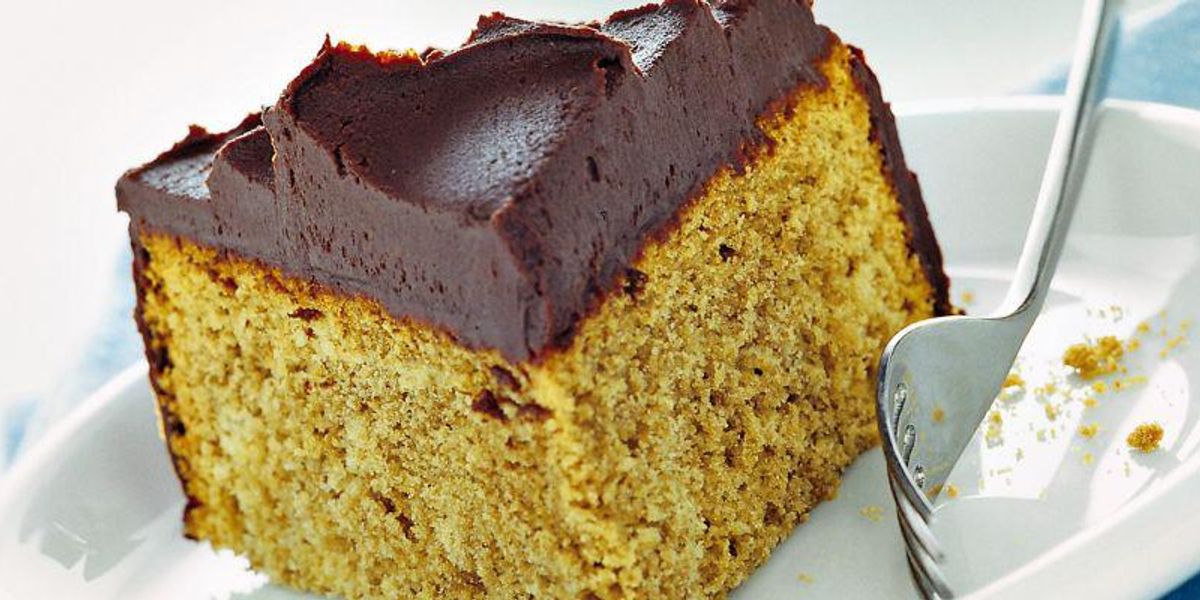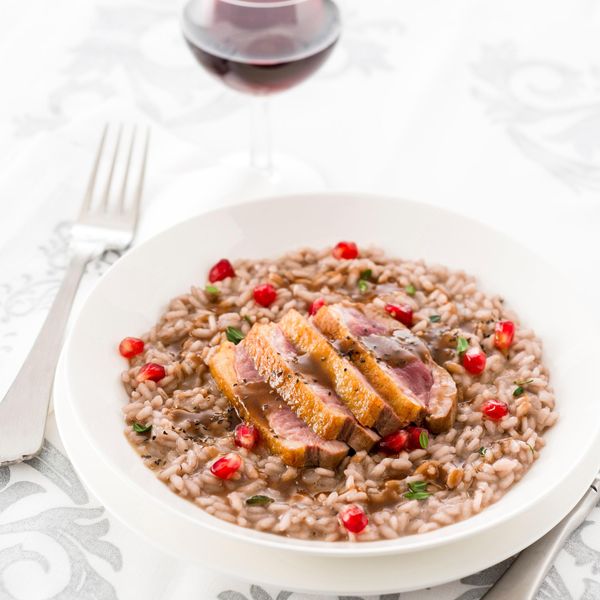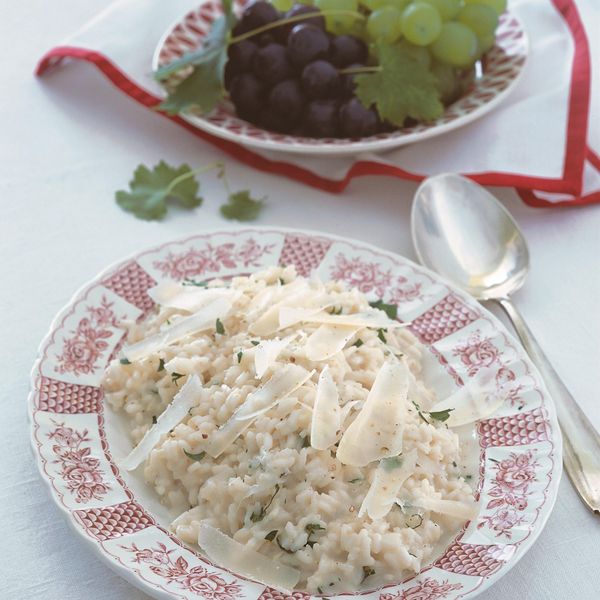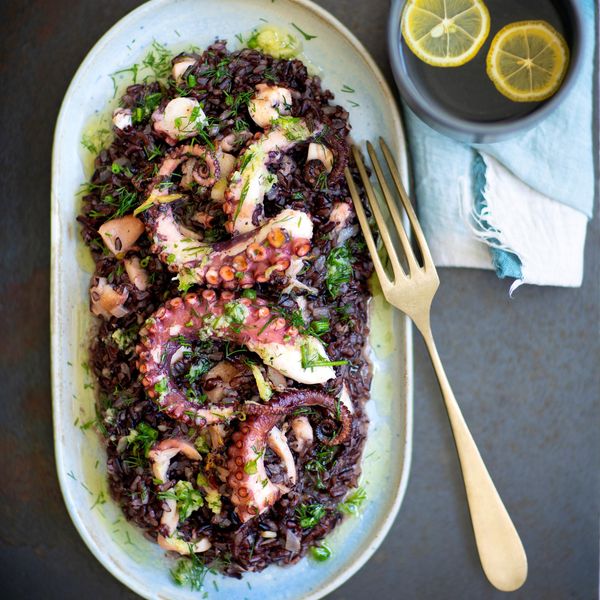
Trend experts have established that purple is the color of 2018. And not only because it is fantastic to photograph and post on social media, but also because it combines the foods richest in antioxidants and therefore the best allies of eternal youth.
“Ultraviolet": this is the color that will characterize 2018, because it represents its original, provocative and visionary soul. To decree this intense purple as the color of the year were the experts of the Pantone Color Institute who every 12 months choose the color capable of expressing the spirit of the time and destined to influence fashion, design and… cuisine! In food, however, purple has been a must for some time. It will be that the foods of this color give an intense touch to every dish, it will be that they make a lot in photos (and therefore they are spectacular to post on social networks), it will be that they are considered among the most beneficial on a nutritional level, the fact is that the table is has long been tinged with purple. And it will do so more and more during 2018, combining beautiful, good and healthy.
THE HEALTHY PURPLE
To color purple many plant foods - from blueberries to eggplants, from violet artichokes to purple cabbage - is the high concentration of some antioxidants particularly effective in defending us from free radicals and oxidizing molecules that target DNA, lipids and proteins , paving the way for cellular aging and chronic degenerative diseases.
Purple foods are also the most important anti-aging that nature makes available to us. In fact, anthocyanins defend the skin from aging and ultraviolet rays, facilitate the elimination of waste.
Consuming at least one serving of purple foods every day helps to disable this mechanism, preventing cardiovascular disease and cancer, reducing inflammation and protecting the brain from neurodegenerative diseases. Each purple vegetable brings a specific antioxidant: beetroot is the best dietary source of betalain, the pigments that lower the risk of cancer and cardiovascular disease. Blueberries owe their beautiful color to anthocyanins, and in particular to petunidin, which makes the capillaries more permeable and promotes the drainage of liquids, helping to fight cellulite. Anthocyanins are also effective antibacterials, and therefore are useful in cases of urinary tract infections, such as cystitis. Instead, black grapes are purifying but also anti-inflammatory and help prevent cancer and cardiovascular disease thanks to the mix of fiber, vitamins and minerals and the richness of the antioxidant resveratrol. In winter, black currant is particularly suitable because it is an excellent source of vitamin C (it provides four times more than strawberries) and anthocyanin delphinidin, which improve the body's antioxidant capacity.
THE GOOD PURPLE
The most representative purple vegetable of Italian cuisine is certainly the aubergine: since the anthocyanins (in particular the delphinidin) and the fibers are contained only in the purplish peel, it is therefore better not to remove it but always use it in the kitchen. Just as it is good not to eliminate the seeds of blackberries: it is in them that vitamin E is concentrated, a fantastic antioxidant which, acting in synergy with anthocyanins (in particular with cyanidin) gives blackberries a great anti-aging power. The most prized purple vegetable, on the other hand, is radicchio, considered a jewel of Italian (and Veneto, in particular) agriculture throughout the world. In addition to being a delight, it is also a virtuous food, because it is rich in antioxidants and bitter substances (which stimulate the liver and facilitate the production of bile), and low in calories.
The title of the trendiest purple vegetable of the moment goes to beetroot, the subject of a great rediscovery starting from the discovery of some of its beneficial effects that have highlighted the benefits for sportsmen as it increases blood circulation and improves resistance to effort. . This is also the season for purple cauliflower, which owes its color to the presence of anthocyanins and carotenoids. Since it tends to "fade" when boiled, the trick to keeping it nice purple is to acidify it with lemon juice. Among the purple fruits to be enhanced on the table this season are dried plums which, having been deprived of water, are a super-concentrate of nutrients. That's why 3 prunes are equivalent to 1 serving of fresh fruit and are twice as effective as other purple fruits, such as blueberries, at neutralizing free radicals. In addition, thanks to vitamin B6, they give a boost of energy and help fight fatigue. So why not include them in your daily meals, from breakfast yogurt to mid-afternoon snacks, and enhance them in many recipes, since they go wonderfully with roast meats, cut into pieces in mixed green salads and served as snacks together with aperitif, wrapped with thin slices of smoked bacon and pass them a few minutes in a hot oven.
THE BEAUTIFUL PURPLE
How to give a touch of swing to a milk or cream based dessert, a bowl of yogurt or an anonymous puree? Focusing on purple-colored ingredients, which, chromatically, "light up" the white of many dishes, offering an exceptional glance. Food stylists know it very well: a cheesecake without blueberries wouldn't be so greedy, a panna cotta without berries would be a bit too dull and a puréed potato with purple pulp immediately becomes a chic and unusual side dish. A particularly "photogenic" chicory is red radicchio, not surprisingly called "winter flower": beautiful to look at, versatile in the kitchen, it ranges from appetizer to dessert, and gives each recipe its unmistakable touch of flavor and of color. So, before photographing and sharing your own kitchen prowess, never forget to add something purple. To be trendy and enter the flow of #purplefood which already collects over 10 thousand posts on Instagram.







